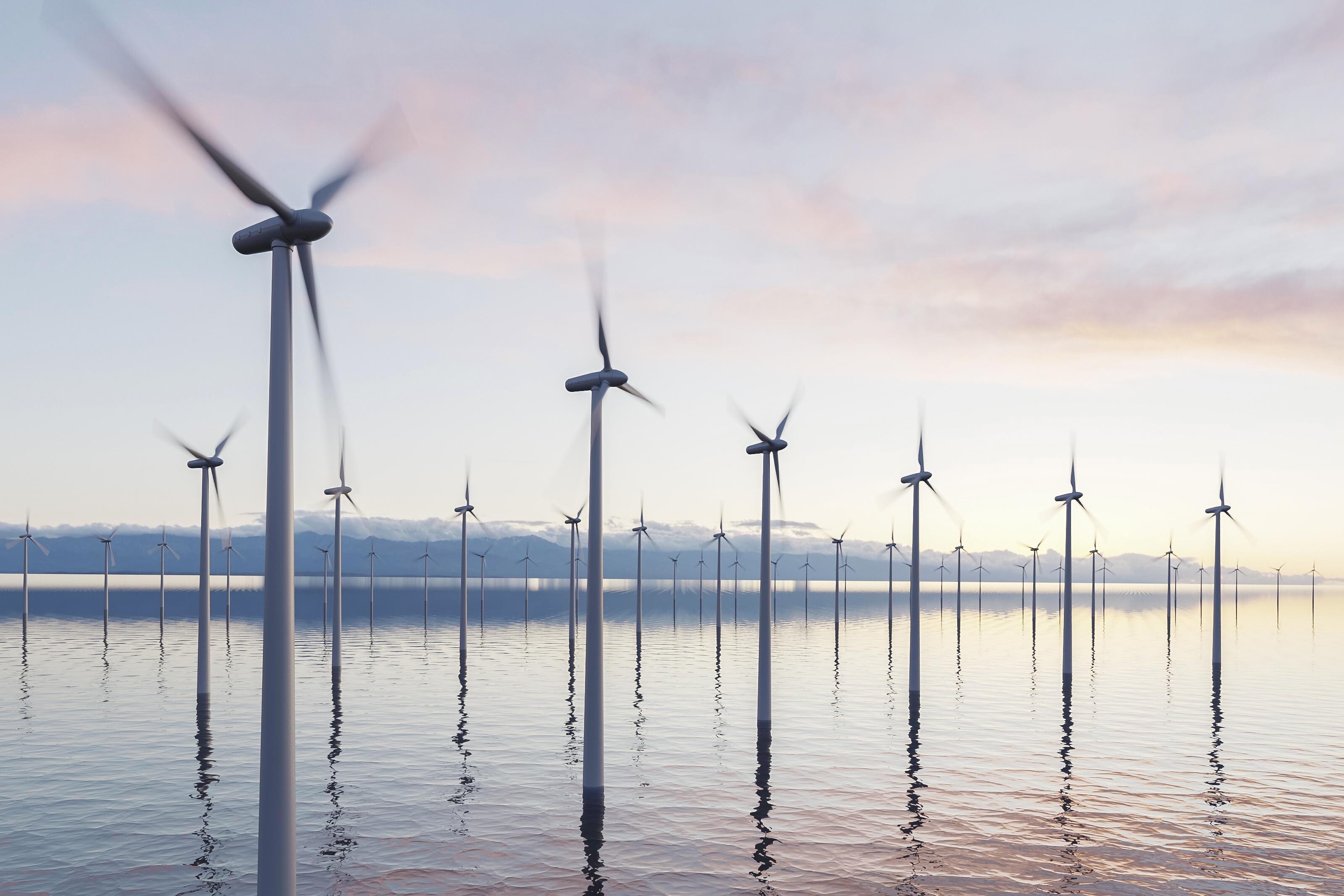Energy Under the Microscope: The New Edition That Helps You Understand the System
Electricity grids are becoming overloaded, regulations are evolving rapidly, and pressure on the system continues to grow. In short, the energy...

As of January 1, 2026, the new Energy Act will come into effect. This will replace the current Electricity Act and Gas Act. The new law is fully tailored to the ongoing energy transition: more sustainable generation, more decentralized production, increased electrification and more data-driven control. The law applies to all organizations that consume or produce electricity or gas, including companies, institutions, and collective initiatives. And the changes are significant. Organizations that prepare well now will have an advantage later.
Pressure on the electricity grid will remain high for the foreseeable future. Under the new law, grid operators will have more authority to postpone requests from organizations for new or larger connections if there is insufficient capacity available. These new congestion management provisions mean you have less certainty that your desired expansion will be approved. For organizations, this means you will need to use existing capacity more intelligently. By better spreading consumption, flattening peaks, and optimally using local generation or storage, often more can be achieved from the same connection. The Embion Energy Management System (EMS) provides the necessary capabilities and automatic 24/7 control, so that organizational growth and sustainability do not have to stall due to grid limitations.
A key innovation is the introduction of centralized data exchange. Smart meters will be mandatory for all consumers and products, and real-time consumption and feed-in data must be accessible to both the grid operator and the user. Organizations will be required to actively monitor and manage their consumption profiles. With this consumption data, organizations can gain better insights into the performance of their electrical installations and more accurately forecast electricity use. The earlier and better organizations understand both internal and external factors, the more efficiently and cost-effectively they can generate, purchase, store, or consume electricity. This obligation means an EMS will become indispensable for continuous monitoring and management.
The Energy Act also creates room for organizations to form energy communities, known as e-Hubs. Companies and institutions may locally exchange and settle energy among themselves, provided there is no commercial intent. This collaboration will be legally, fiscally, and administratively simplified. The new law provides a clear legal basis for joint generation and internal settlement, prevents double taxation on internal energy flows, and ensures metering data is centrally available to facilitate efficient settlement and oversight.
The Energy Act introduces stricter enforcement of compliance. Organizations that fail to meet their obligations (such as data provision or participation in congestion management) may face sanctions or financial corrections. At the same time, transparency and predictability will improve: costs for connection and grid usage must be made clear and uniform. Additionally, a new tariff system will come into effect, where relieving the grid will be financially rewarded.
In summary, the new Energy Act brings both new obligations and new opportunities for organizations. They will be required to install smart meters and make their consumption and feed-in data centrally available. They may also be required to participate in congestion management, while stricter oversight and possible sanctions will increase control. At the same time, the law offers many new possibilities: organizations can collaborate in e-Hubs with internal settlement, use flexibility as a revenue model, financially benefit from relieving the grid through adjusted tariffs, and gain more insight and control over their own energy use.

Electricity grids are becoming overloaded, regulations are evolving rapidly, and pressure on the system continues to grow. In short, the energy...

The energy transition is no longer a matter of the future, it’s the reality of today. Wind, solar, and the electrification of mobility and industry...

On January 23, the OStuTech event took place, where the latest developments in energy management were discussed. This event provided valuable...

By 2050, the Dutch energy system must be climate neutral. How will we get there? That depends on the choices we make today. Netbeheer Nederland has...

Two Powerful Technologies, One Smart Solution Embion and Flexicharge have joined forces to deliver seamless integration between the Embion Energy...

The energy transition is in full swing, and organisations are looking for increasingly creative ways to respond. One model that is rapidly gaining...